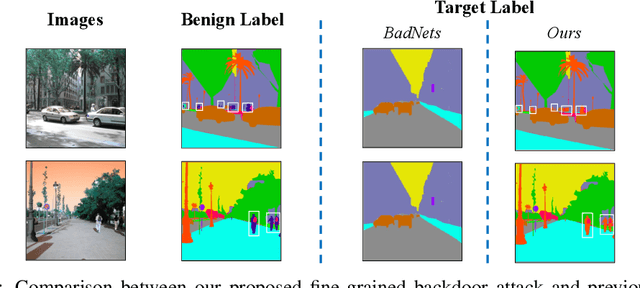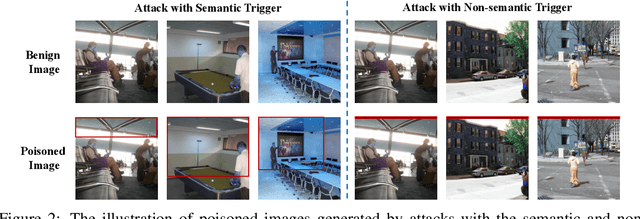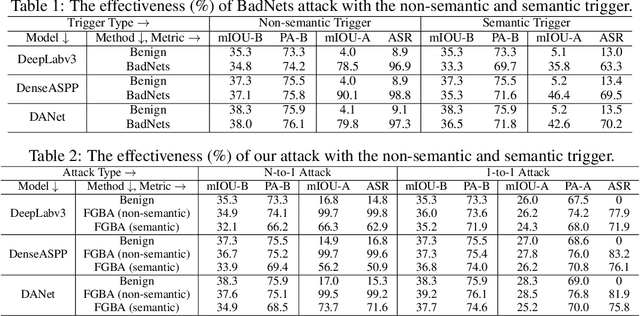Yalei Lv
Both Spatial and Frequency Cues Contribute to High-Fidelity Image Inpainting
Jul 15, 2023Abstract:Deep generative approaches have obtained great success in image inpainting recently. However, most generative inpainting networks suffer from either over-smooth results or aliasing artifacts. The former lacks high-frequency details, while the latter lacks semantic structure. To address this issue, we propose an effective Frequency-Spatial Complementary Network (FSCN) by exploiting rich semantic information in both spatial and frequency domains. Specifically, we introduce an extra Frequency Branch and Frequency Loss on the spatial-based network to impose direct supervision on the frequency information, and propose a Frequency-Spatial Cross-Attention Block (FSCAB) to fuse multi-domain features and combine the corresponding characteristics. With our FSCAB, the inpainting network is capable of capturing frequency information and preserving visual consistency simultaneously. Extensive quantitative and qualitative experiments demonstrate that our inpainting network can effectively achieve superior results, outperforming previous state-of-the-art approaches with significantly fewer parameters and less computation cost. The code will be released soon.
Hidden Backdoor Attack against Semantic Segmentation Models
Apr 03, 2021


Abstract:Deep neural networks (DNNs) are vulnerable to the \emph{backdoor attack}, which intends to embed hidden backdoors in DNNs by poisoning training data. The attacked model behaves normally on benign samples, whereas its prediction will be changed to a particular target label if hidden backdoors are activated. So far, backdoor research has mostly been conducted towards classification tasks. In this paper, we reveal that this threat could also happen in semantic segmentation, which may further endanger many mission-critical applications ($e.g.$, autonomous driving). Except for extending the existing attack paradigm to maliciously manipulate the segmentation models from the image-level, we propose a novel attack paradigm, the \emph{fine-grained attack}, where we treat the target label ($i.e.$, annotation) from the object-level instead of the image-level to achieve more sophisticated manipulation. In the annotation of poisoned samples generated by the fine-grained attack, only pixels of specific objects will be labeled with the attacker-specified target class while others are still with their ground-truth ones. Experiments show that the proposed methods can successfully attack semantic segmentation models by poisoning only a small proportion of training data. Our method not only provides a new perspective for designing novel attacks but also serves as a strong baseline for improving the robustness of semantic segmentation methods.
 Add to Chrome
Add to Chrome Add to Firefox
Add to Firefox Add to Edge
Add to Edge